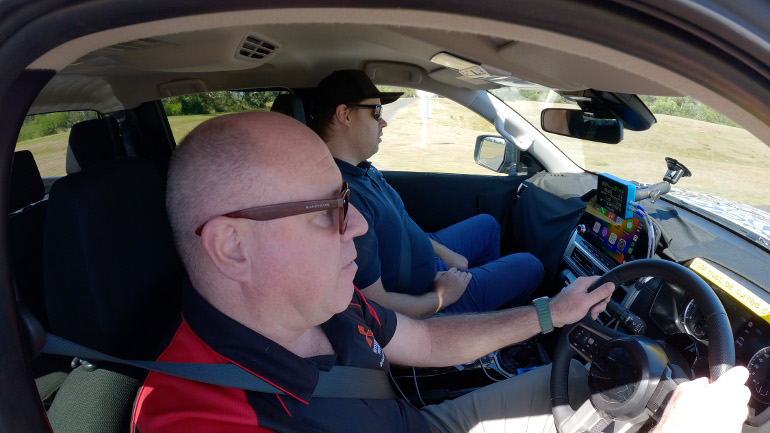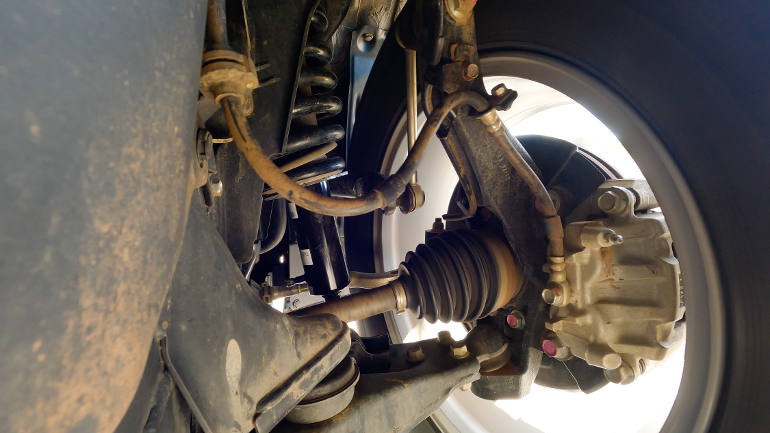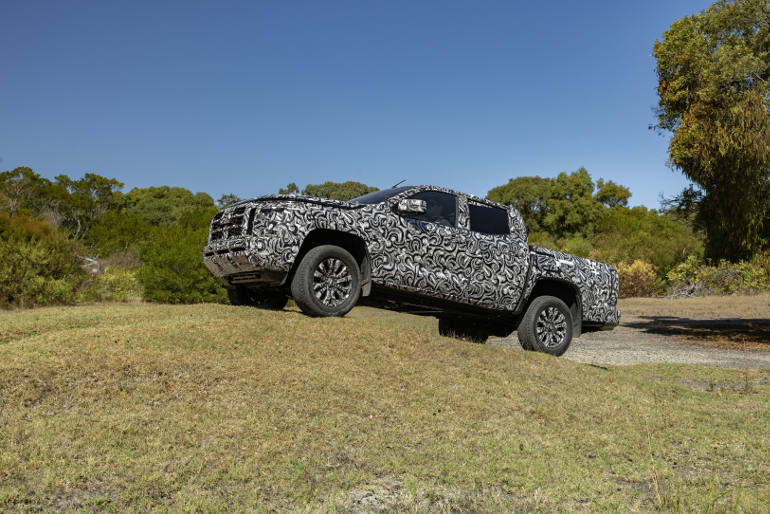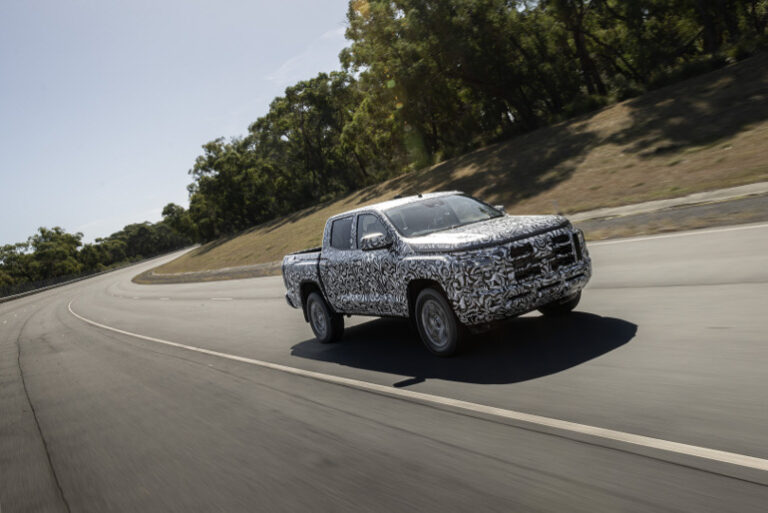New-gen Triton is the product of a rigorous development and testing program, which has taken the global Research & Development (R&D) team from Mitsubishi Motors Corporation (MMC) to four continents.
In ensuring that new-gen Mitsubishi Triton was honed for the unique environment and demands of Australian drivers, MMC’s R&D team worked closely with in-house engineering expertise at Mitsubishi Motors Australia Limited (MMAL).
The result is a new-age light commercial utility vehicle that not only delivers on technology, performance, safety and capability, but does so with a sophisticated ride and handling blend that is at home in Australian conditions.
Working in close collaboration with an international team of MMC R&D engineers, MMAL’s Product Strategy specialists evaluated new-gen Triton extensively against segment benchmarks, to help determine setting for the Australian steering and suspension tune that will be fitted to all new Tritons destined for Australia and New Zealand.
Leading the MMAL tuning input was Tony Dorrington, Project Manager within MMAL’s Product Strategy team.
“Traditionally utes have been designed with a singular purpose in mind, as a workhorse,” said Dorrington.
“However in the last five years, customers expect their ute to do the family duties and the weekend activities, as well as working and towing.
“With new-gen Triton we targeted a similar drive experience to a good SUV, with improved agility, responsiveness and ride comfort, but retaining Triton’s traditional off-road and workhorse capabilities.
“We’ve improved all dynamic elements of the vehicle to ensure new-gen Triton’s performance is a match for Australia’s tough conditions and customer expectations.”

Post-COVID opportunity
Strict travel restrictions necessitated by COVID in 2020-21 meant Australian tuning input opportunities were limited, however since these eased the Australian product strategy team has worked closely with MMC R&D on developing settings for future model year updates, including the current-generation Outlander.
“It was on the back of this work that our MMC colleagues – led by Hiroshi Nagaoka, Global Head of Research and Development, who personally attended Australia – recognised MMAL’s capability in this space. With the new-gen Triton being so vital for this market, the decision was made to collaborate on Australian-market specification,” Dorrington said.
The resulting program ensured a vigorous range of tests and benchmarking for new-gen Triton, both in Australia and at Okazaki – MMC’s primary Japanese R&D centre.
Parameters set
“There were several focus points for Triton. Most important was steering feel. We drive long distances and having steering that offers a clearly defined centre-point, to provide directional stability, makes the vehicle less tiring to drive.
“The adoption of EPS has allowed us to reduce effort during parking and low-speed manoeuvres, which also assists when off-road. At higher speeds, steering feedback is improved.
“Finally, we wanted to give Triton the steering linearity, body control, ride and handling experience as close to a good SUV as possible, while retaining its traditional strengths.”
Constant development
Using a mix of public roads and proving grounds, the combined team developed dampers, springs and steering calibrations. Over several months, over 100 combinations of front and rear suspension options were tested in Australia.

“Having access to somewhere like Lang Lang accelerates the process immensely,” said Dorrington. “We could evaluate changes on multiple road conditions back-to-back to set accurate benchmarks.”
The final selection came down to four front suspension and four rear suspension options, with the evaluation team deciding on a final combination in time for an intensive ‘Key Person Ride’. This stage was conducted at the famous Lang Lang Proving Ground in Victoria and attended by senior MMC executives including Chief Product Specialist, Yoshiki Masuda and Segment Chief Vehicle Engineer for frame vehicles, Tetsuya Tobe.
The result, after extensive competitor and current model benchmarking, was the adoption of a unique front damper and spring combination, plus unique rear shock for the Australian new-gen Triton specification. The Japan-Australia collaboration also contributed to the globalised EPS tune.
“The outcome of our collaboration is a significant reduction in impact harshness, improved body control, enhanced on-centre feel and more linear steering with good feedback,” Dorrington explained.
A global view
“As with any new Mitsubishi Motors product, the R&D team first worked with each Triton market to understand their requirements, via a collaborative discussion,” said Tetsuya Tobe, Segment Chief Vehicle Engineer for Triton.
“Australia is a very important market for us, particularly in the light commercial segment, so from our initial discussions we created a plan to test the Triton in Australian conditions.
“We also tested extensively in other markets and at Tokachi and Okazaki Japanese R&D centres, but for Australia’s unique road conditions we were able to call on the MMAL team’s local expertise and support to ensure the Triton’s dynamics would compare favourably to the segment benchmarks,” Tobe said.







